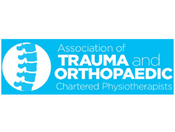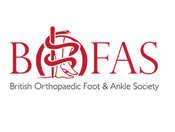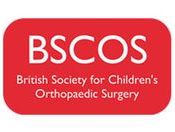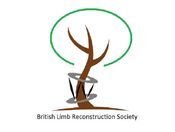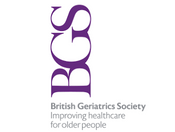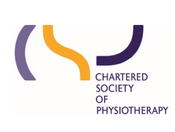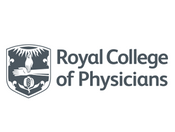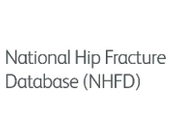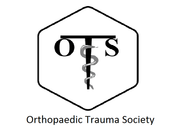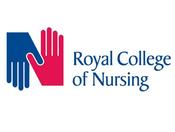BOASt - Mobilisation and weightbearing after orthopaedic surgery / musculoskeletal injury

BOAST - Mobilisation and weightbearing after orthopaedic surgery/musculoskeletal injury
Background
All clinical stakeholders and patient representatives participated in a consensus exercise1 to establish recommendations for weightbearing terminology and instructions after orthopaedic surgery or musculoskeletal injury. The aim is to provide an agreed lexicon with precise definitions that can be used by all care providers involved in a patient’s rehabilitation pathway.
Inclusions:
All patients with orthopaedic conditions affecting the pelvis, upper, and lower limbs.
Standards for Practice
1. All patients should have a clearly documented rehabilitation plan detailing instructions for weightbearing as an integral part of their mobilisation status.
2. Patient instructions should be provided in a format that is tailored to their individual needs.
3. A weightbearing status should be attributed to each affected limb.
4. The following specific terms should be used to define weightbearing status:
a. Non Weightbearing
b. Limited Weightbearing
c. Unrestricted Weightbearing
5. Terms such as touch, partial, proportional, permissive, or progressive weightbearing should no longer be used.
6. All instructions for non- and limited weightbearing require the following detail to be documented:
a. Clinical justification - including the rationale for prevention / limitation of weightbearing by the clinician making the recommendation
b. Quantification
i. Limitations should include accurate descriptions of functional restrictions (e.g. no stairs, no sports) or distance restrictions (e.g. indoor only, bed to chair)
ii. Limitations should not be quantified by percentage body weight, kilograms of force or similar descriptors
c. Duration, including planned phases of care progressing through any weightbearing statuses outlined in 4 a-c
7. Any requirement for walking aids or additional specific rehabilitation protocols (e.g. braces) should be recorded alongside the weightbearing and mobilisation instructions.
8. Inpatients should have a weightbearing status review at intervals no longer than 72 hours.
9. Any patient whose weightbearing status directly affects their ability to be discharged from hospital should have it reviewed within 24 hours.
10. All weightbearing prescriptions should be reviewed at each point of follow up.
1. https://boneandjoint.org.uk/Article/10.1302/0301-620X.106B.BJJ-2024-0371.R1
This document was produced by the BOA Clinical Standards Committee, including representation from the BOA Executive Group, Trauma Committee and Orthopaedic Committee on 01 August 2024. This document will be reviewed in August 2028 in compliance with the BOA BOASt review process.
Stakeholder Contributors

